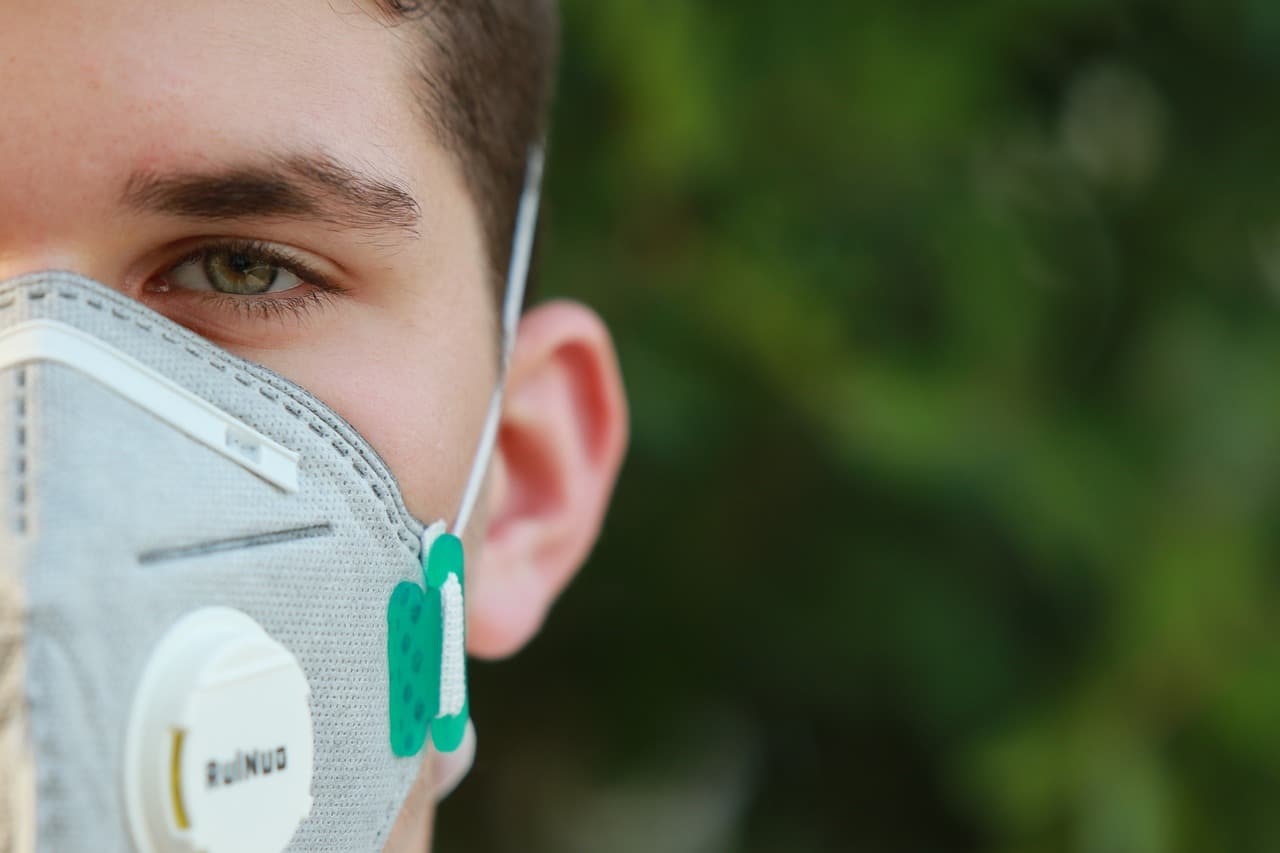What Are the Trends in Consumer Behavior Post-COVID and How to Adapt?

COVID-19 has significantly influenced the behavior of consumers globally. As the world faced unprecedented health challenges, people had to adapt to new norms, including how they shopped and interacted with brands. As we move forward into a post-pandemic era, understanding these trends in consumer behavior will be critical for marketers and retailers. This article elaborates on these trends and provides insights into how businesses can adapt to the post-COVID consumer landscape.
The Shift Toward Online Shopping
COVID-19 has accelerated the shift towards online shopping, as brick-and-mortar stores faced lockdowns and consumers prioritized health and safety. This trend is expected to continue, reshaping the retail landscape permanently.
Sujet a lire : What Are the Best Practices for Small Businesses in Creating High-Quality Web Content?
Online shopping was already a growing trend pre-pandemic. However, the pandemic has accelerated this trend exponentially. Data indicates that online sales have surged, with consumers spending billions more on online purchases than they did in the same period in the previous year. A significant portion of these consumers have also indicated their intention to continue shopping online post-pandemic.
Adapting to this change requires businesses to invest in robust online platforms. The key is not just to have an online presence but to ensure a smooth and seamless buying experience for consumers. This includes having a user-friendly interface, secure payment options, and efficient delivery systems.
A lire en complément : How to Navigate the Challenges of Cross-Border E-Commerce Taxation?
Changes in Product Demand
The pandemic has also triggered changes in product demand. Initially, consumers focused on essential items, leading to a surge in demand for health and hygiene products. Now, as we move into the post-pandemic era, trends suggest a shift towards wellness and comfort products.
Interestingly, data shows a strong demand for home fitness equipment, home entertainment products, and comfortable clothing. This stems from the fact that the pandemic has changed lifestyle habits, with more people working from home and prioritizing health and wellness.
To capitalize on this trend, brands need to align their product offerings with these changing consumer preferences. This may involve introducing new products, pivoting existing ones, or highlighting certain features that resonate with the current consumer demands.
The Importance of Health and Safety
Health and safety have become paramount for consumers due to the pandemic. Brands that prioritize and communicate their commitment to health and safety are likely to win customer loyalty.
Surveys reveal that consumers are willing to switch brands if they believe another brand is doing a better job of protecting their health and safety. This includes measures like contactless delivery, cleanliness protocols, and transparent communication about safety measures.
To adapt to this trend, businesses need to prioritize health and safety in their operations. Moreover, they must effectively communicate these measures to their consumers. Transparency builds trust, and trust is a significant factor in customer loyalty in this new normal.
Personalized Marketing
With increasing online activities, businesses have access to more consumer data than before. This presents an opportunity for personalized marketing, a trend that is set to grow in the post-pandemic era.
Personalized marketing is about delivering individualized content through data collection, analysis, and the use of automation technology. Consumers today expect personalized experiences and are more likely to engage with brands that offer such experiences.
Businesses need to leverage data to understand their consumers better and offer personalized experiences. This could be through personalized emails, product recommendations, or tailored content. However, it’s crucial to balance personalization with privacy, as consumers are also increasingly concerned about their data privacy.
Sustainability and Ethical Consumption
Sustainability and ethical consumption have gained prominence during the pandemic. A growing number of consumers are making conscious choices to support businesses that stand for sustainability and ethical practices.
Brands that have championed sustainability have seen an increase in customer engagement and loyalty. This trend is expected to grow, with younger consumers showing a stronger preference for sustainable and ethical brands.
To adapt to this trend, businesses will need to incorporate sustainability into their business practices. This might mean sourcing materials more responsibly, reducing energy consumption, or supporting fair trade and ethical labor practices. It’s also important to communicate these efforts to consumers, as they are more likely to support brands that align with their values.
COVID-19 has indeed left a lasting impact on consumer behavior. As we navigate the post-pandemic world, these trends provide a roadmap for businesses to understand and meet the evolving needs of their customers. Businesses that adapt to these trends are likely to thrive in the post-COVID consumer landscape.
Emphasizing Digital Presence in Marketing Strategies
An essential shift in consumer behavior post-COVID is the increased reliance on digital platforms for shopping, interaction, and information. Businesses have no choice but to boost their digital presence and revamp their marketing strategies to fit into the changing scenario.
The pandemic has made the virtual world a haven for consumers, as it offered an ‘open separate window’ to a world of options, safety, and convenience. Social media platforms have exploded with activity during the lockdowns, becoming a primary source of news, entertainment, and shopping for many. Consequently, businesses that had a strong digital presence thrived, while others had to scramble to adapt.
To effectively tap into this trend, it is not enough for businesses to simply be online. They need to offer more than just an ‘open separate window’ for e-commerce. Businesses need to build an engaging digital presence that attracts consumers and fosters relationships. This can be achieved through consistent and quality content, personalized interaction, and responsive customer service.
Moreover, the digital world offers businesses a wealth of data about their consumers. These insights can be used to shape marketing strategies and product offerings, enabling businesses to respond quickly to trends and changes in consumer behavior.
The Long-term Impact of COVID on Consumers’ Socio-economic Behavior
The impact of COVID is not merely restricted to health and hygiene concerns. It has also led to significant changes in consumers’ socio-economic behavior, influencing their spending and consumption patterns. This, in turn, has implications for businesses in the post-pandemic world.
With many facing financial uncertainties due to the pandemic, there has been a notable shift towards cautious spending and value-seeking behavior. Consumers are more likely to opt for brands that offer value for money and are less inclined to make impulse purchases.
Furthermore, the pandemic has highlighted socio-economic disparities and has led many consumers to become more socially conscious. Many are making a conscious choice to support local businesses and those that have demonstrated a commitment to social responsibility during the pandemic.
To adapt to this change, businesses need to be mindful of these socio-economic shifts. Value-based pricing, budget-friendly options, and socially responsible practices are likely to resonate more with post-pandemic consumers.
Conclusion
The pandemic has left an indelible mark on consumer behavior, reshaping the way businesses interact with their customers. It has accelerated the shift towards online shopping, changed product demand, highlighted the importance of health and safety, and brought about a surge in personalized marketing.
These trends indicate that the post-COVID consumer will be more digital, health-conscious, value-seeking, and socially responsible. To thrive in the post-pandemic world, businesses need to adapt their strategies to align with these changes.
While these changes pose challenges, they also present unique opportunities for growth and innovation. Businesses that can capitalize on these changes and meet the evolving needs of their customers will not only survive but thrive in the post-pandemic world. The long-term impact of COVID on consumer behavior offers a rich tapestry of insights to guide businesses in their journey towards the future.
